When I look at the top sites listed on the city map of Brno for tourists, I saw them all. I did not tour any of them. I walked two days outside around the city, and saw most of the major sites from outside, looking in Brno.
One aspect of Brno that stood out to me among many places I have traveled in Europe was the absence of beggars. I never saw a single person asking for a handout. There was a high police presence around the city in my observations walking miles around the central city streets and parks.
House of Lords of Kunstat Romanesque architecture has building foundations dating to the late 12th century. There is now a beer pub/nightclub here.
Brno is the capital of the region Moravia, one of the historic Czech lands, which comprises most of eastern Czech Republic. Prague, the Czech Republic capital, is in Bohemia.
The cylindrical object is Orloj, a clock constructed in 2010. The clock releases one glass ball at 11am each day, so-called ‘Brno noon’ and is a prized collector’s item. A detailed description of the clock is found here.
Brno is a city with nearly 400,000 residents spread across the valley and surrounding Brno hillsides. This is a city of young people as a university city with more than 85,000 college students.
Downtown on a Sunday, there was little activity to be seen. I was at the Holiday Inn, away from city center at night, so I don’t know if the activity picked up more in the evening. There was little going on Sunday afternoon compared to these same streets on Monday.
Stare Radnice is the Old City Hall. Brno Tourist Information is located at the base of the tower. You can pay a couple dollars and walk up the 63-meter tower. The original building dates from 1240 with gothic archway and sculpture from 1511.
The center piece of the sculpture at Stare radnice is crooked. As legend tells the story, the vandalism was by the artist himself, Anton Pilgram in 1511 to show his discontent over lack of payment for his work.
Stay in Brno for any time and you will learn why the noon bells ring at 11am in the city. Brno was held siege by the Swedish in 1645 during the last phase of the Thirty Years War. Eventually the Swedish commander declared they would leave the city if they did not take the castle by noon on August 15. All the churches of Brno rang their noon bells at 11am and the Swedes ended their siege.
Saint Peter and Paul Cathedral is located on one of two high points in the city center of Brno. My photo was taken from Hrad Spilberk, the Brno castle. These are two primary landmarks visible from around the city.
This photo taken from Hrad Spilberk, Brno castle, shows the area with Holiday Inn Brno, near the tree line in the valley beside the river. One of the largest exhibition centers in Central Europe is located here and is visible in the upper right in the valley. The area is mostly residential with a few hotels and about a 30 minute walk from the tourist center of Brno. The apartment buildings have a Czech colorful check pattern.
St. Thomas’s Abbey Brno, also known as Old Brno Church. The church is seen in the foreground in my photo at Mendlovo Square, named for Augustinian abbot Gregor Mendel (1822-1884), the father of genetics science.
Hrad Spilberk is worth the walk uphill for the photo opportunities. Visitors can walk around the castle walls for free. Tours of the casements and tower are around 100 CZK.
An unexpected encounter happened upon entering the municipal park below Hrad Spilberk. Two free roaming goats were grazing on the park bushes and paid little attention to me and other people in the park. There was nothing preventing these goats from walking 100 meters down the path and out of the park into the city center streets.
One of the other major attractions in Brno is Villa Tugendhat, a UNESCO world heritage site for modern architecture.
The Tugendhats were a young wealthy couple who contracted architect Ludwig Mies van der Rohe to build their house in Brno in 1929-30. The house was significant at the time of its construction for modern open space rooms on three levels with walls of glass. Historically, the house has great national significance as the location where talks for the dissolution of Czechoslovakia happened in 1992 and the treaty was signed separating the countries of Czech Republic and Slovakia in 1993.
The house is underwhelming when seen from the street and may have you wondering, what is the big deal?
The modern conveniences installed at the time were futuristic for a residential dwelling. The Tugendhats lived in the Villa only until 1938 when they fled the Czech Republic for Switzerland. They were Jews. https://en.wikipedia.org/wiki/Villa_Tugendhat
The house is open for tours, except Sunday and Monday. Those were the days I toured Brno. Ticket price is 300 CZK ($13 USD). You can take a virtual tour online.
More impressive to me was spotting the house from Hrad Spilberk later that day.
Villa Tugendhat is seen in photo center from Hrad Spilberk.
There are plenty of beautiful buildings and parks in Brno. Long walks around the city center occupied my two days exploring Brno. The place seemed like a sleepy city, but that was fine with me. Sitting in a park eating a picnic lunch and drinking a tasty Czech pilsner is an activity I enjoy.
Fountain at Janacek Theatre (1965). This is the city theater for opera and ballet.
Brno has a long tradition of arts and theater. The historic Mahen Theatre (1882) was the first theater in Europe to be illuminated by electric light through Edison Electric Light Company. There had been several theater fires killing hundreds around Europe in the previous two years from gas lighting accidents. Francis Jehl, Edison’s assistant, supervised the electrical installation. Thomas Edison himself did not visit Brno until 25 years later.
Old and modern sculpture and art installations are seen around Brno. One of the more interesting pieces I came across represented three 20th century periods of war and occupation in Czech history: 1914-1918; 1939-1945; 1948-1989.
Walking around the city center on a Sunday showed the churches as the most active places around during the day.
Church of St. James, Brno (Kostel sv. Jakuba). Of significance to this church is an ossuary containing over 50,000 skeletons. This is the second largest known ossuary in Europe behind the Catacombs of Paris (six million). The ossuary was only uncovered in 2001 and has been open to the public since 2012.
Kostel sv. Jakuba, Brno – Church of St. James


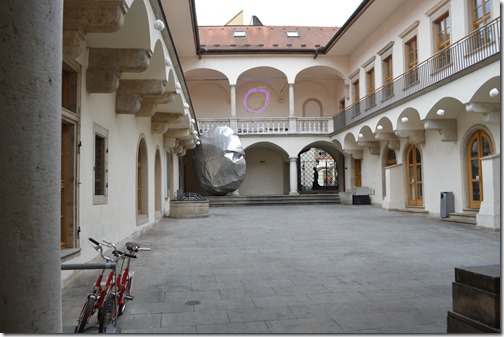
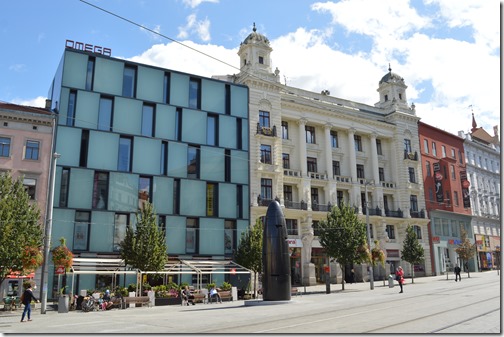
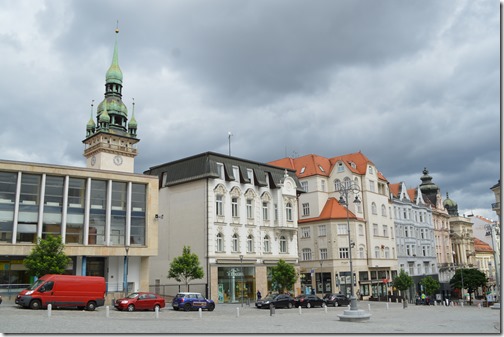

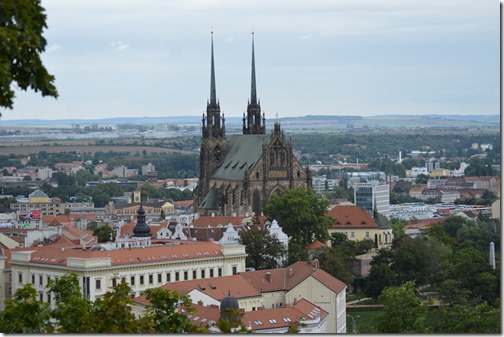


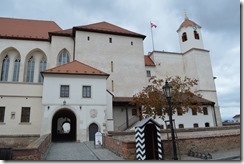
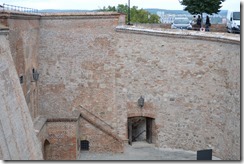

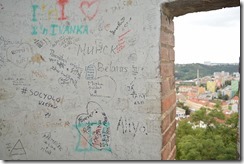
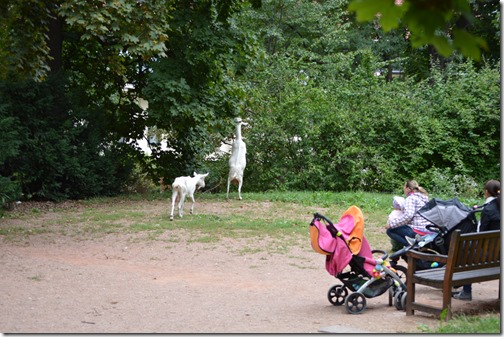

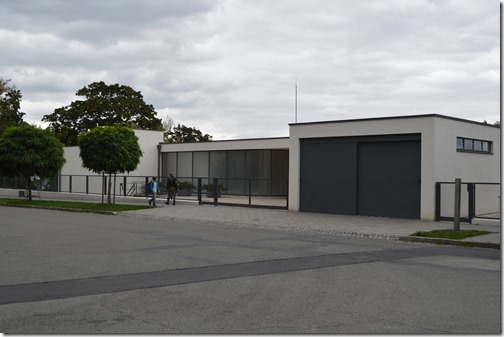
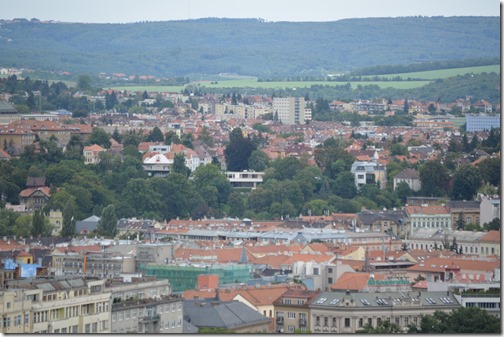
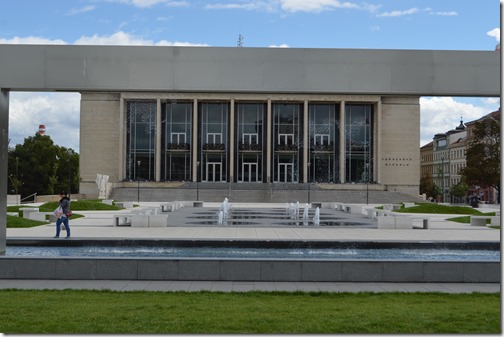
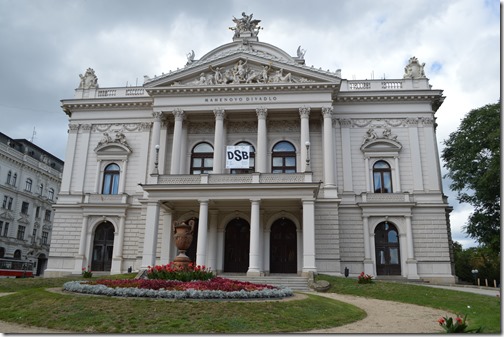
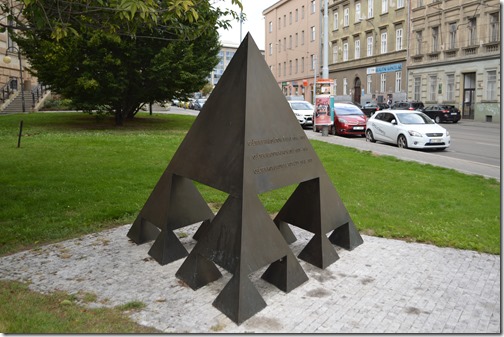

2 Comments
Comments are closed.